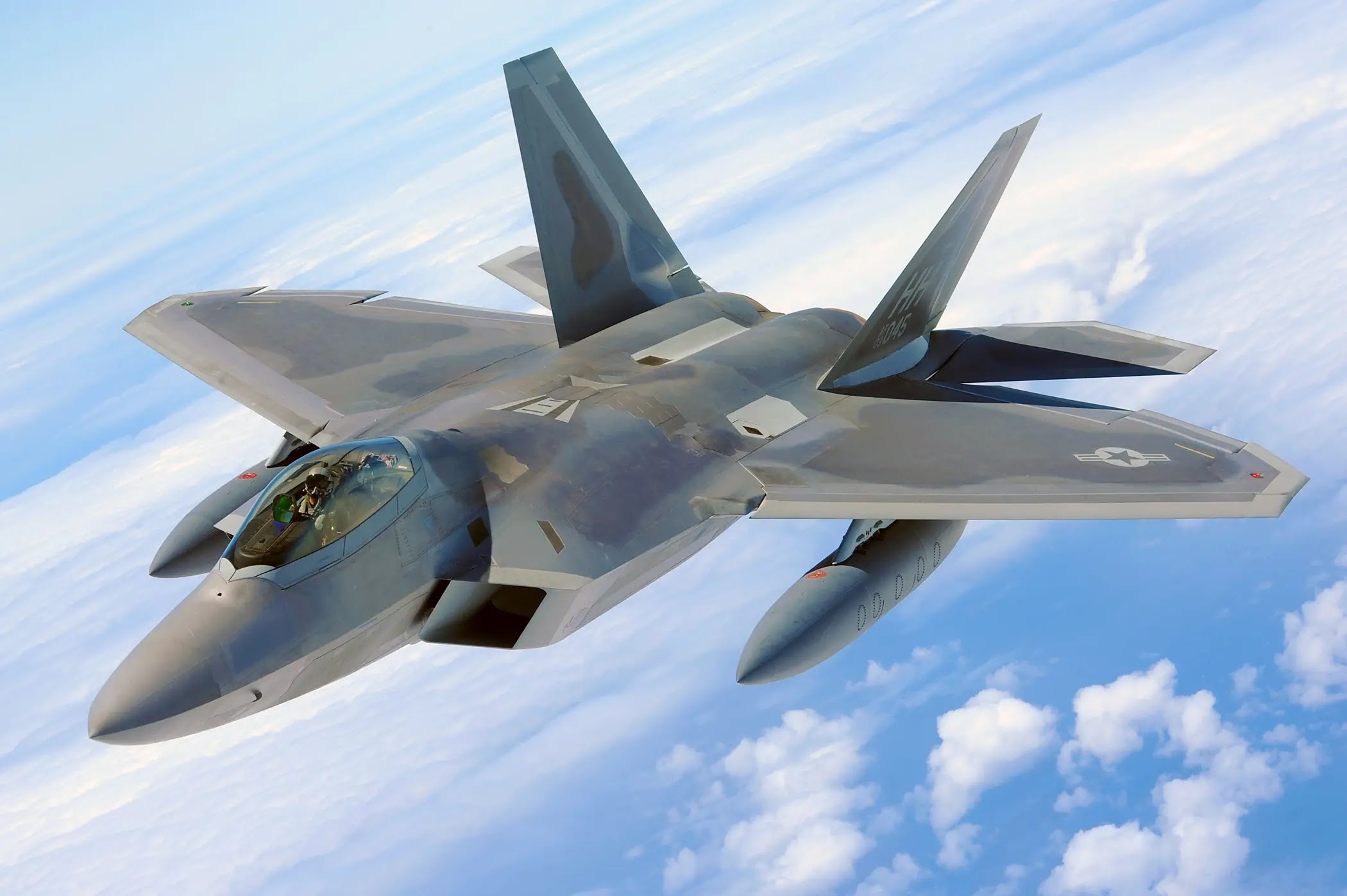First let's know what is aviation? So friends the word aviation comes from Latin. In Latin, a bird flying in the sky is called Avis. The name Aviation is derived from the word Avis. Hence, the term aviation became important in airplanes and related literature. So now you understand how the word aviation was born. The term aviation covers many aspects of the world of aviation. The history of aviation takes us back to the 5th century with the discovery of kites in China. Leonardo da Vinci first replicated the rational plane in his paintings in the 15th century. There are many witnesses that Shivkar Bapuji Talpade flew the first manned airplane in 1895 at Chowpatty, Mumbai.
It was the first manned aircraft to take off from Mumbai's Chowpatty Beach. Shivkar Babuji Talpade named his plane 'Marutsakha'. Aeronautics is the science that deals with the in-depth study of aircraft of all patterns, designs, shapes of various types of aircraft. and finally produces airplanes or other aircraft vehicles. In the science of aeronautics, this course also involves theoretically based research into various methods of operating aircraft in the Earth's atmosphere.So let's see who is involved in making a new aircraft with the latest technology. So it applies concepts developed by pilots, engineers, methods developed by various engineering institutes and others. Aeronautics thus includes the science of aeronautics and all related courses. In the early days science and technology were involved in this. At that time scientific and technical subjects were taken as basis.
But it was greatly expanded when passenger and freight services were introduced.
Aeronautics today includes various tasks, procedures, methods and functions. A variety of materials are used to manufacture aircraft. Various processes are done on these tools and materials. These processed items, materials are used to manufacture aircraft. Designers, scientists, technocrats and doctors work tirelessly until the aircraft is ready. and produce fully sophisticated aircraft.
After that, a large number of employees are needed to run the airport. Skilled staff and executives are needed to handle many technical aspects. Radar staff, air traffic control staff, sanitation, security, fire fighting, transport staff are all involved in this. Onboard food services, cleaning staff, medical assistance etc. are now included in the group project Aeronautics. So friends aeronautics has now become a very big business. Through aeronautics, not only aircraft research, but various civil services are being provided on a large scale.
From the manufacturing stages of an aircraft to its civil or military operation, huge manpower is required. As you can see there are a large number of opportunities in this field. A massive recruitment process continues for airport service and technical staff.
Jehangir Ratanji Dadabhoy Tata. He was a famous Indian pilot. He was also an entrepreneur and chairman of the Tata Group. He was born in Paris. Eventually they settled in India. On February 10, 1929, Tata received his first 'pilot's' license. That is why he came to be known as "Father of Indian civil aviation". He founded India's first commercial airline, Tata Airlines, in 1932, which became Air India in 1946, now the national airline of India. The first flight in the history of Indian aviation took place between Drigh in Karachi and Madras. Flew from Puss control on 15 October 1932 with J.R.D. JRD promoted his airline until 1953 when Air India was nationalized by Jawaharlal Nehru's government. Jahangir Ratanji Dadabhoy Tata is credited with making these airlines the best.
Mileage Travel : Sky is the limit. The Wright brothers flew the first official airplane in North Carolina in 1903. Then US Army officer Thomas Etholen Selfridge flew the plane in 1905.
'Baroness Raymond Day' Roche was taught to fly by French aviation pioneer Charles Voisin. Baroness Raymond Day received her pilot's license on 8 March 1910. She became the first woman pilot in the world. At that time, when the first attempt was made to travel around the world by air, the journey took 175 days. This round-the-world flight ended on September 28, 1924. But now the aircraft has become modern and it has become very fast, safe and fast. The use of airplanes is increasing day by day all over the world.
Airplanes work on Bernalis principles. This word may sound difficult but it is simple. Banoulis states that pressure and velocity are inversely proportional
The angle at which a plane will fly is called its "angle of attack". Wings create downward pressure which other factors contribute to this force - such as atmospheric pressure, temperature, torque from the engine also help propel the aircraft into the sky.




0 Comments